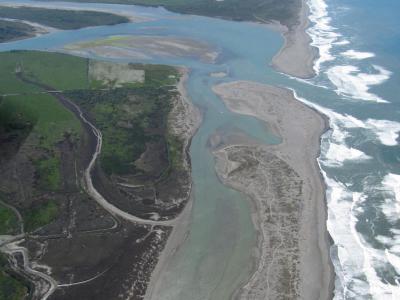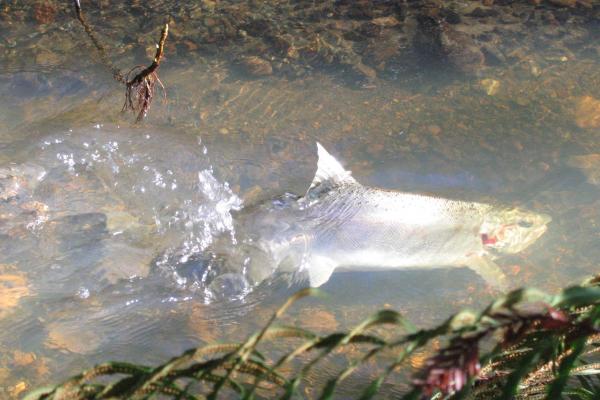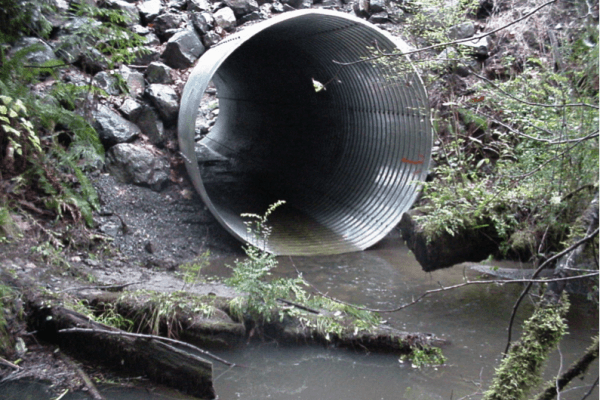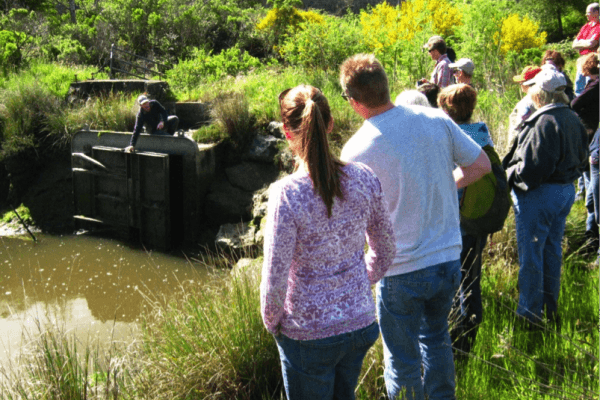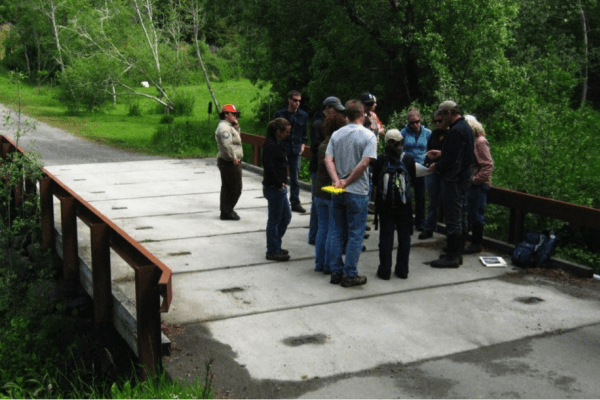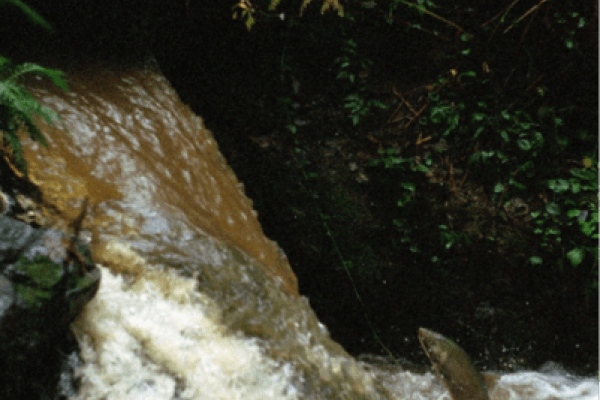Fish Passage and Tidegates Projects in the Humboldt Bay and Lower Mad River Watersheds
Field Tour Coordinators:
Ross Taylor, Ross Taylor & Associates
Leah Mahan, NOAA Restoration Center
Tributaries to Humboldt Bay and the lower Mad River support spawning and rearing populations of coho salmon, Chinook salmon, steelhead, coastal cutthroat trout, Pacific lamprey and other native fish species. Prior to 1998, access into many of these tributaries was severely limited due to migration barriers caused by culverts on roads, as well as tide gates around Humboldt Bay. Initial passage assessments were focused on county-maintained road crossings, followed by CalTrans and the City of Arcata. Since 2001, numerous fish passage projects have been completed using a variety of design techniques. Ongoing project monitoring has documented a range of successes, as well as valuable “lessons learned.”
This field tour will start with at the River Lodge with a brief PowerPoint presentation that will provide an overview of the sites to be visited, including site-specific constraints that influenced design selection. The tour will provide an overview of a wide range of solutions to restore fish passage, including:
- Replacement with stream bed simulation
- Replacement with hydraulic design option
- Replacement with bridge
- Retrofit of existing structure
- Muted tide gate
- Engineered fishway
At each site, people involved with project planning, engineering, construction and monitoring will be present to discuss the completed project.

